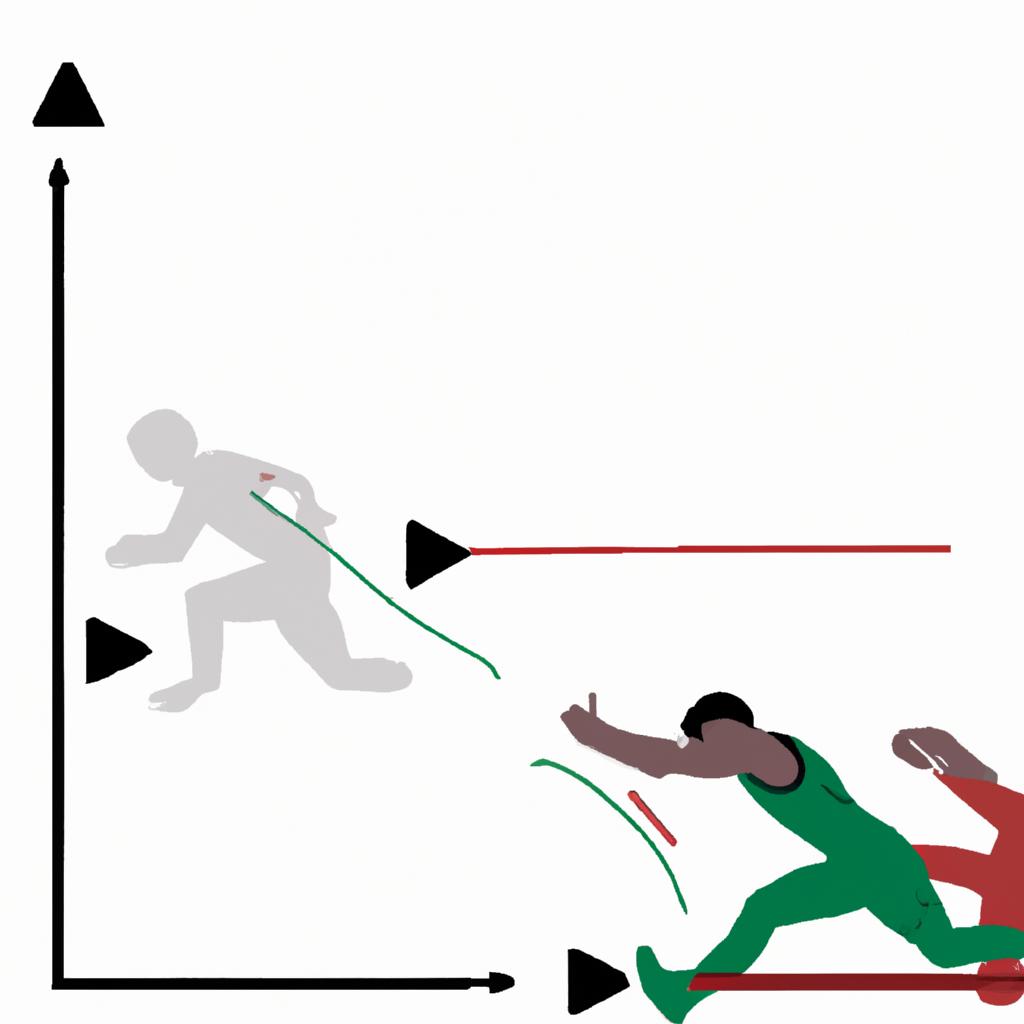Maximizing Sprint Performance: The Role of Plyometrics in Speed Development
# Maximizing Sprint Performance: The Role of Plyometrics in Speed Development
Sprint performance is often a focal point for athletes looking to enhance their speed, agility, and overall athletic prowess. While traditional training methods like interval running and strength training have long been the standard, plyometrics have emerged as a powerful tool in the arsenal of speed development. These explosive movements not only boost an athlete’s quickness but also contribute to overall athleticism. In this blog post, we will explore how plyometrics can maximize sprint performance, the importance of nutrition, exercise advice, and the health benefits associated with incorporating plyometric training into your routine.
## Understanding Plyometrics
### What Are Plyometrics?
Plyometrics, often referred to as “jump training,” is a type of exercise that involves quick and explosive movements. The primary goal of plyometric training is to increase power and speed by utilizing the stretch-shortening cycle of muscles. This cycle involves rapidly stretching a muscle (eccentric phase) and then immediately contracting it (concentric phase), which results in enhanced force production.
### How Plyometrics Enhance Sprint Performance
When incorporated into a training program, plyometrics can improve an athlete’s sprinting ability in several ways. First, they enhance neuromuscular efficiency, allowing the muscles to fire more rapidly and effectively. Second, plyometrics develop fast-twitch muscle fibers, which are crucial for explosive movements like sprinting. Lastly, they improve coordination and balance, both of which are essential for maintaining proper sprinting form and maximizing speed.
## Nutrition Tips
### Fueling for Performance
Proper nutrition is critical for athletes looking to maximize their sprint performance through plyometric training. Here are some tips to ensure your diet supports your training efforts:
1. **Carbohydrates Are Key**: Carbohydrates are the primary source of energy for high-intensity activities like sprinting. Focus on whole grains, fruits, and vegetables to provide the necessary fuel.
2. **Protein for Recovery**: Incorporate lean proteins such as chicken, fish, beans, and legumes to support muscle repair and growth after intense plyometric workouts.
3. **Hydration Matters**: Staying hydrated is essential for optimal performance. Dehydration can lead to decreased strength and endurance, so aim to drink plenty of water before, during, and after workouts.
4. **Timing Your Meals**: Consuming a balanced meal or snack containing carbohydrates and protein within 30 minutes post-exercise can enhance recovery and muscle synthesis.
## Exercise Advice
### Incorporating Plyometrics into Your Training Routine
When adding plyometrics to your training regimen, it’s essential to follow a structured approach to ensure safety and effectiveness.
1. **Start Slow**: If you are new to plyometrics, begin with basic exercises like squat jumps or box jumps. As you build strength and confidence, progress to more advanced movements such as depth jumps or bounding.
2. **Focus on Form**: Proper technique is crucial to prevent injuries. Ensure that you land softly with your knees slightly bent and maintain a neutral spine.
3. **Frequency and Recovery**: Incorporate plyometric training 2-3 times a week, allowing at least 48 hours of recovery between sessions to prevent overuse injuries.
4. **Combine with Strength Training**: Plyometrics work best when combined with a solid strength training program. Focus on lower body strength to support explosive movements.
## Health Benefits
### Beyond Speed: The Holistic Benefits of Plyometrics
In addition to improving sprint performance, plyometrics offer several health benefits that can positively impact overall fitness:
1. **Improved Bone Density**: The high-impact nature of plyometric exercises can help increase bone density, reducing the risk of osteoporosis.
2. **Enhanced Cardiovascular Health**: Many plyometric exercises elevate the heart rate, providing an excellent cardiovascular workout that can improve heart health and endurance.
3. **Increased Flexibility and Range of Motion**: Regular plyometric training can lead to improved flexibility and a greater range of motion, which are beneficial for all athletes.
4. **Effective Calorie Burn**: Plyometrics are dynamic and high-intensity, making them an effective way to burn calories and shed body fat while building muscle.
## Conclusion
Maximizing sprint performance through plyometrics involves a strategic approach that integrates explosive training techniques, proper nutrition, and a focus on recovery. By understanding the role of plyom















Post Comment